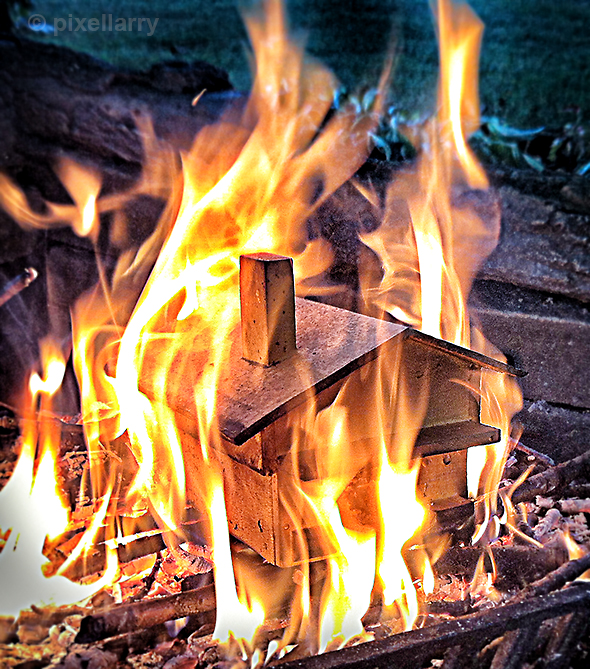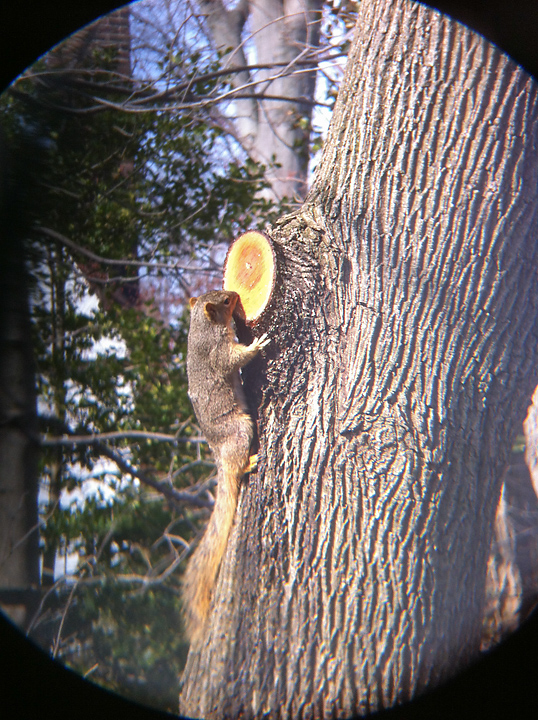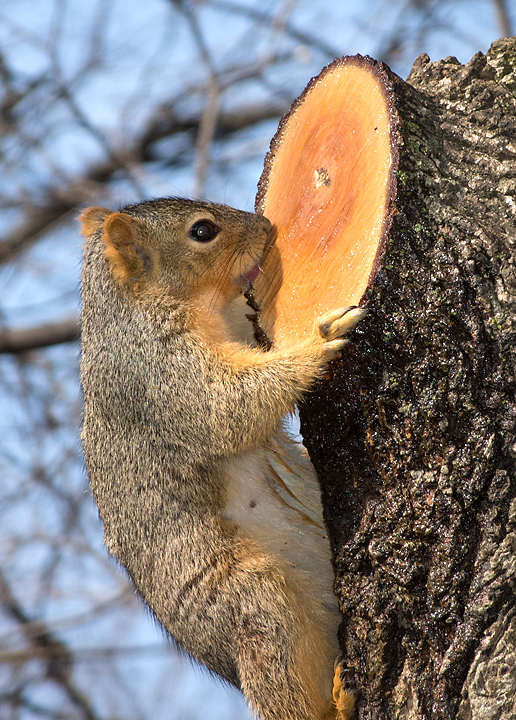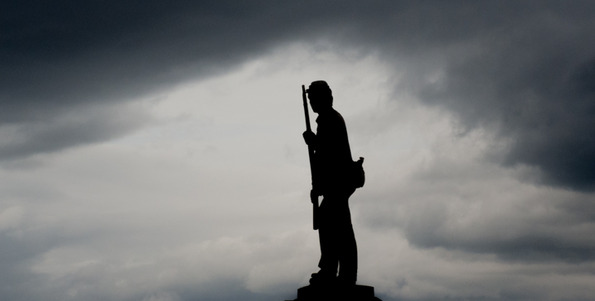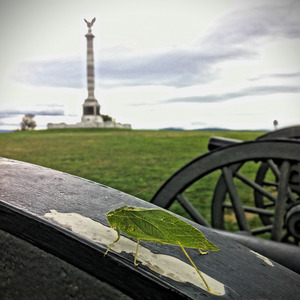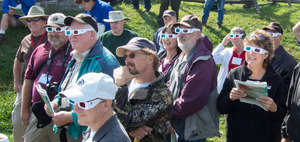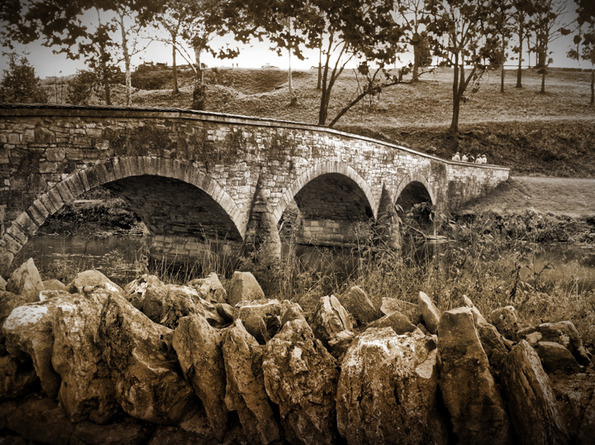I have a Facebook page. I don't advertise it as it's for my personal use. If I don't know you personally, I won't friend you. If you never post, I unfriend you. Simple.
I use it primarily to stay in touch with my many friends from over the years. No other platform allows me to connect with the good parts of my past.
But with the good comes the bad. And that would be the fact that if you post photos to Facebook, they can do pretty much whatever they want with them, including making money and you don't even get a thank you. Twitter and Pinterest are a whole 'nother story.
Since I became intrigued with iPhone photography a little over a year ago, I had searched and found, I thought, a home at Instagram. I liked the interface, the local connections and the worldwide view of things. I even made a few friends and had a growing following.
However, it was grossly overcrowded with amateurs. No offense. I couldn't stand the fish-faced, soft porn, cute cat, adorable puppy, sunset photos that made up 95% of the feed. But, it did allow you to pick and choose whose photos you wanted to see and provided a way to expand to their friends so that my home feed was an incredible array of diverse, intelligent and breathtaking (or not), photographs.
In mid-December, 2012, Instagram sent out a statement that essentially said that in the near future, their policy would be "we can now do whatever we want with your photos, including selling them to advertisers and you don't get squat."
That's good for the amateurs who get the big thrill of seeing their work published. But it's bad for professionals who would lose control of and compensation for their work. I decided to jump and dumped my account. Some may call that a hasty decision in light of fact that a few days after the shit hit the fan, Instagram retracted their proposal and told everyone not to worry, they didn't really mean it.
I have heard from industry sources, although this is pure conjecture, that Instagram may have lost 50% or so of their subscribers in the week following their statement. But in their defense, how the hell can you make money if you don't optimize your assets? Was splitting the ad revenue with the photographer even considered?
I imagine this nightmare scenario. Instagram (Facebook) sells one of my photos with a recognizable person in it to an advertiser. The advertiser publishes it in an ad. The person in the photo sees the image and calls the advertiser to say, "Hey, I never signed a model release or gave permission to have my photo used in an advertisement. Advertiser says "go talk to Instagram." Instagram says "go talk to the photographer, he agreed to the terms of service that allowed us to sell the image." Guess who gets sued?
So, I began looking for a new venue. I decided to take a shot with the most promising of the group, Starmatic. They say that I would not lose control of my work. In fact, in the days following the Instagram Exodus, Starmatic's servers crashed from the sheer volume of people moving to their service.
Sadly, I found it lacking. The interface was clunky and I never saw the interaction - no sense of community. I posted half-a-dozen photos with no response and stopped.
Which brings me to where I am today. That is, I have set up a feed on this just for my iPhone photos. That will allow me to share these photos, with my Facebook friends, or wherever, without losing ownership, by linking to my page. Yes, it means that on Facebook someone must click a link to see the post. Sorry about that.
Just look at this graphic on people trying to regain control of their work.
So thank you, Mark, for making me think about all of this. I understand. It's not all about you. It's all about me.
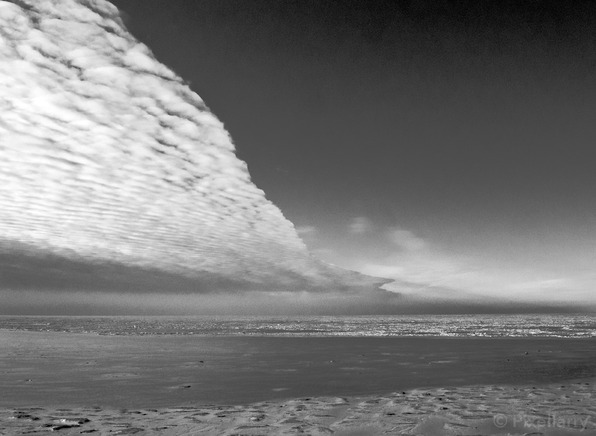 Simple story this time. I was out for a short walk, the usual short route because it was a bit cold. As I headed through a park I saw some interesting cloud cover moving in. So I walked over to the lakeside portion and stopped along the fence to photograph over the lake. I photographed with my P7700 as a horizontal (above, converted to black and white), even taking some snaps on my Yashica Lynx 14e with yes, black and white film. I then walked west about 150 yards and made some more photos, this time vertical with the P7700, a few bracketed frames for the HDR look (below, converted to black and white) and them with my iPhone 5s (one an be seen on my iPHone feed here).
Simple story this time. I was out for a short walk, the usual short route because it was a bit cold. As I headed through a park I saw some interesting cloud cover moving in. So I walked over to the lakeside portion and stopped along the fence to photograph over the lake. I photographed with my P7700 as a horizontal (above, converted to black and white), even taking some snaps on my Yashica Lynx 14e with yes, black and white film. I then walked west about 150 yards and made some more photos, this time vertical with the P7700, a few bracketed frames for the HDR look (below, converted to black and white) and them with my iPhone 5s (one an be seen on my iPHone feed here).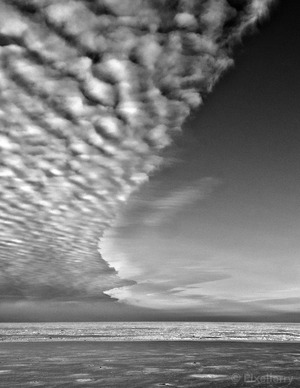 I call these moments gifts. Some say luck, or chance. But the fact is I was out there, saw it and recorded it. You can’t win if you don’t play.
I call these moments gifts. Some say luck, or chance. But the fact is I was out there, saw it and recorded it. You can’t win if you don’t play.